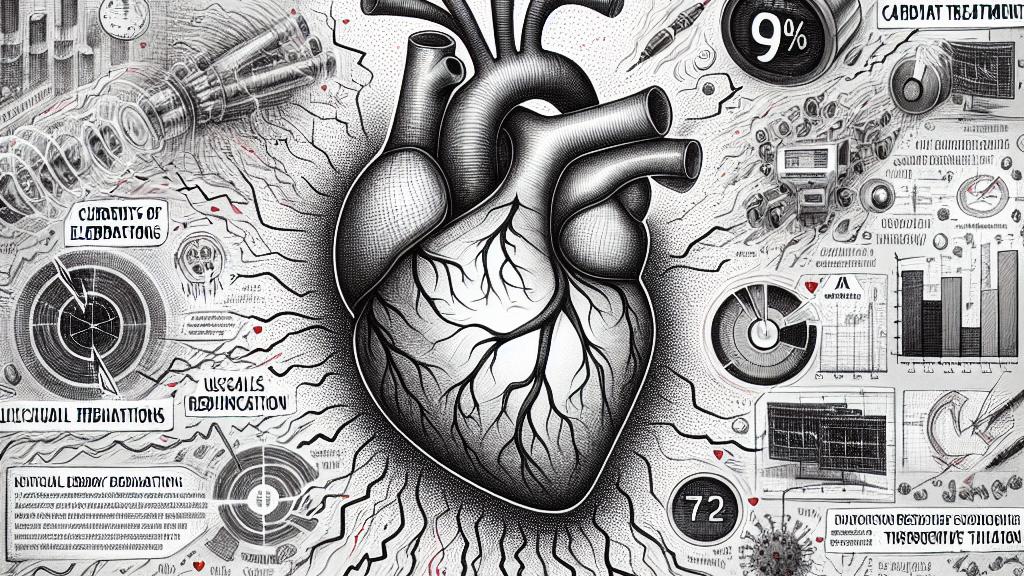Innovative Defibrillation Method Cuts Energy Use by 99%
Overview
- In a groundbreaking study, researchers unveil a defibrillation method using 1,000 times less electricity.
- This novel technique harnesses optimized electric fields to provide effective treatment for heart arrhythmias.
- Patients can look forward to less painful, safer defibrillation experiences that enhance overall health outcomes.

Introduction to a Disruptive Cardiac Treatment Technology
In an extraordinary advancement for cardiac care, researchers from Sergio Arboleda University in Bogotá, Colombia, along with their collaborators at Georgia Tech in Atlanta, have developed a cutting-edge model for defibrillation. This innovative approach possesses the potential to reduce the energy requirement for life-critical cardiac interventions by an astonishing factor of 1,000. Such significant findings, disclosed in the notable journal 'Chaos' in November 2024, could redefine how we combat life-threatening arrhythmias. Specifically, it addresses the dangerous and unpredictable nature of ventricular fibrillation—often described as the silent killer—that can strike without any forewarning, leaving patients in dire need of immediate intervention.
Understanding the Mechanism of This Transformative Technique
The core of this groundbreaking technique hinges on the brilliant optimization of the timing and configuration of the electric field applied during defibrillation. To put it into perspective, conventional methods often involve delivering a series of high-energy shocks, which can be not only painful but also damaging to delicate heart tissue. In stark contrast, this innovative approach uses a precisely timed electric current, expertly designed to block chaotic heart signals. It cleverly takes advantage of what's known as the 'vulnerable window'—a brief moment during which small adjustments in electrical wave propagation can profoundly affect outcomes. By successfully exploiting this sensitive timing, the technique allows for effective defibrillation while dramatically reducing the risk of tissue injury and minimizing patient discomfort.
Revolutionizing Patient Care and Future Implications
The implications of this remarkable breakthrough for patients relying on implantable cardioverter defibrillators (ICDs) are truly vast and promising. Traditional ICDs, which deliver electric shocks that can feel akin to a sudden bolt of lightning, often leave patients feeling anxious and alarmed. However, with this novel technique on the horizon, healthcare providers have the opportunity to treat their patients with a gentler and less intrusive method. As researchers continue to enhance this technique and conduct clinical trials, they usher in an exciting new era where life-saving interventions not only meet efficacy standards but also prioritize patient comfort. Ultimately, this innovative approach aims to enhance the quality of life for those with heart conditions, making medical care more humane and substantially less distressing.

Loading...